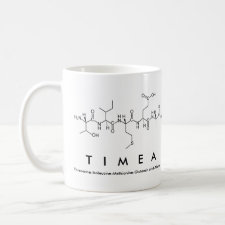
Authors: Toth B, Pap T, Horvath V, Horvai G
Article Title: Which molecularly imprinted polymer is better?
Publication date: 2007
Journal: Analytica Chimica Acta
Volume: 591
Issue: (1)
Page numbers: 17-21.
DOI: 10.1016/j.aca.2007.01.016
Alternative URL: http://www.sciencedirect.com/science/article/B6TF4-4MV0MBP-1/2/7c32300992994a2794dc6a5da5dd0a45
Abstract: Molecularly imprinted polymers (MIP) have been successfully synthesized toward many different compounds in the last decades. The mechanistic details of selective binding at binding sites are not yet well understood. For this reason the characterization of MIP binding has been mostly phenomenological and this makes the transfer of results between different laboratories or between different types of applications difficult. In this paper we analyze the relationship between different types of characterization like isotherms, binding site models, chromatographic k and α values, etc. as they relate to different applications like HPLC, solid phase extraction (SPE), binding assays, batch extraction and sensors. It is shown that α values determined by elution chromatography depend on seemingly irrelevant factors as the length and diameter of the column, respectively. The determination of distribution ratios or partition coefficients is proposed as an easily understandable and useful quantity in the characterization of novel MIPs. Data used for the characterization of a MIP should be transferable between different applications but the qualification of MIPs as better or worse will depend on the application in case
Template and target information: Review - MIPs comparison of performance
Author keywords: molecularly imprinted polymer, Distribution ratio, Partition coefficient, isotherm



Join the Society for Molecular Imprinting

New items RSS feed
Sign-up for e-mail updates:
Choose between receiving an occasional newsletter or more frequent e-mail alerts.
Click here to go to the sign-up page.
Is your name elemental or peptidic? Enter your name and find out by clicking either of the buttons below!
Other products you may like:
 MIPdatabase
MIPdatabase









